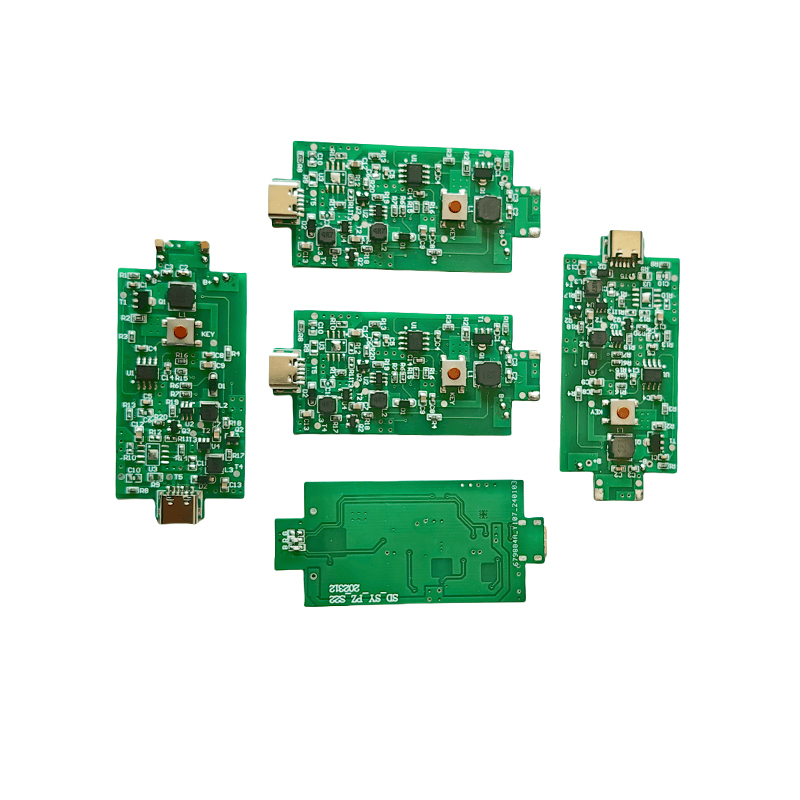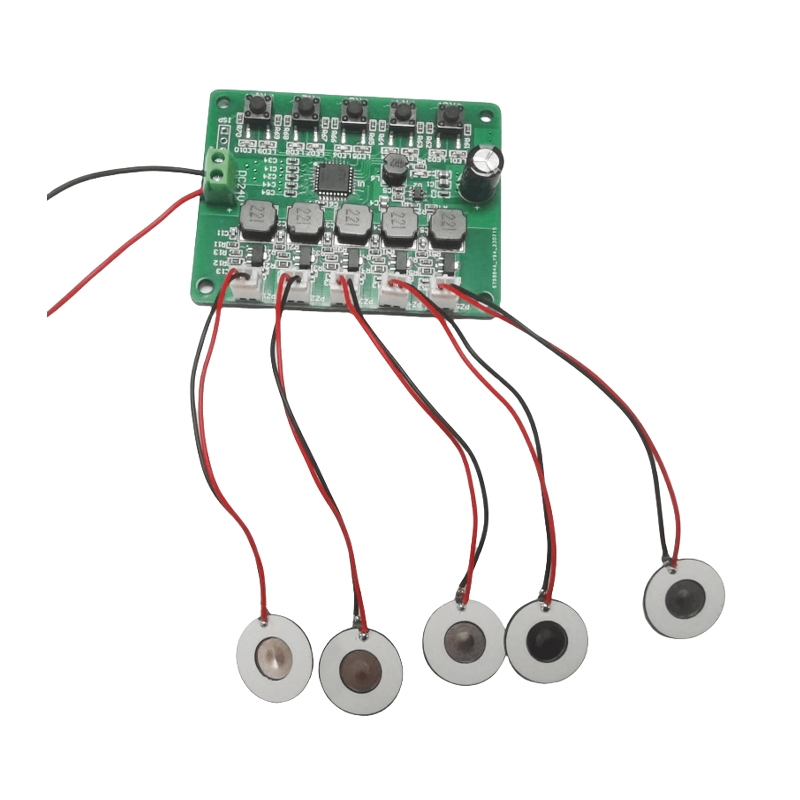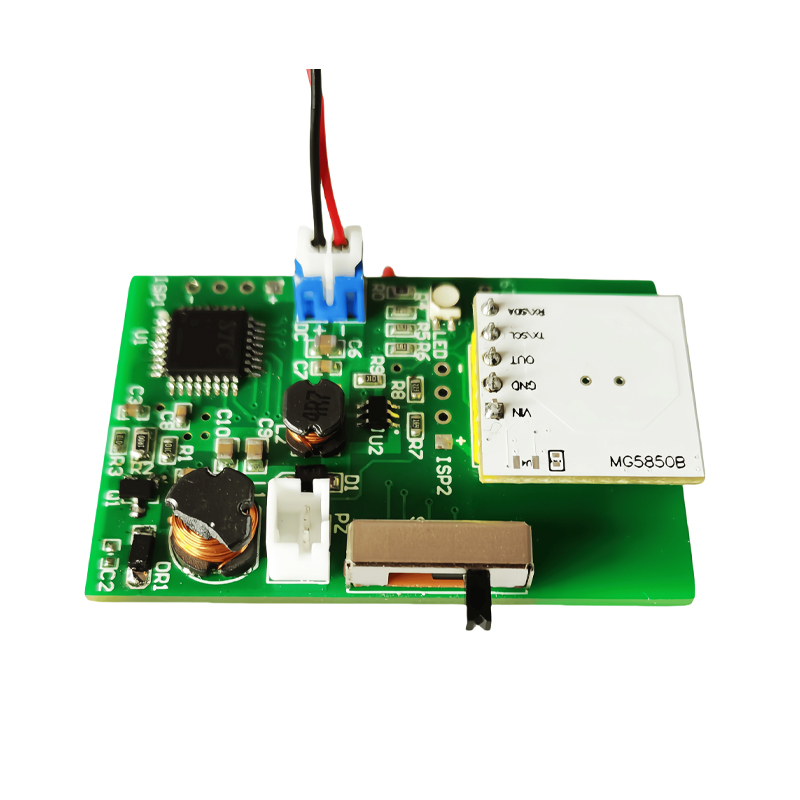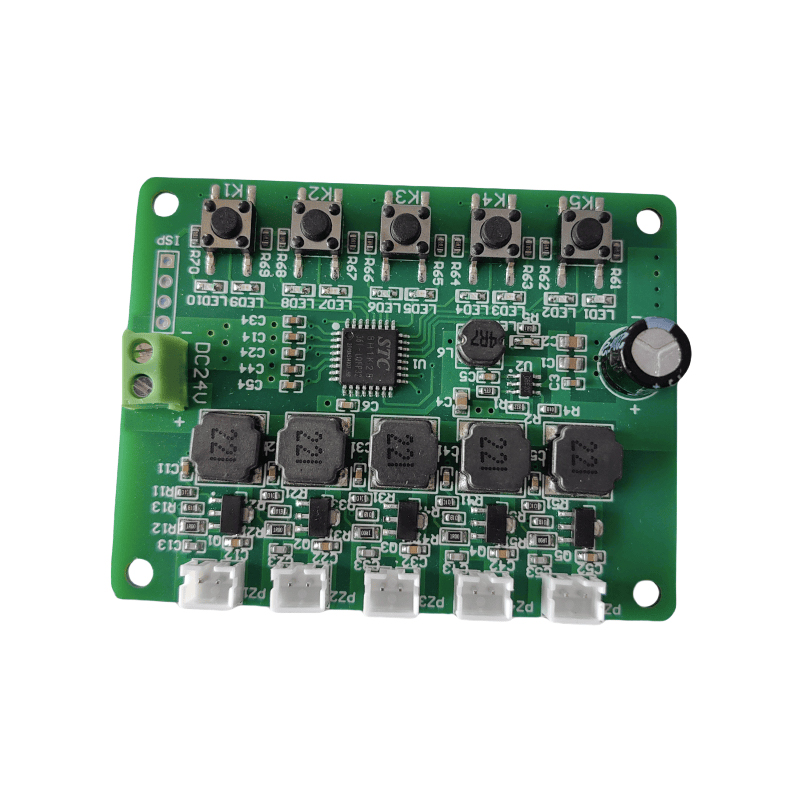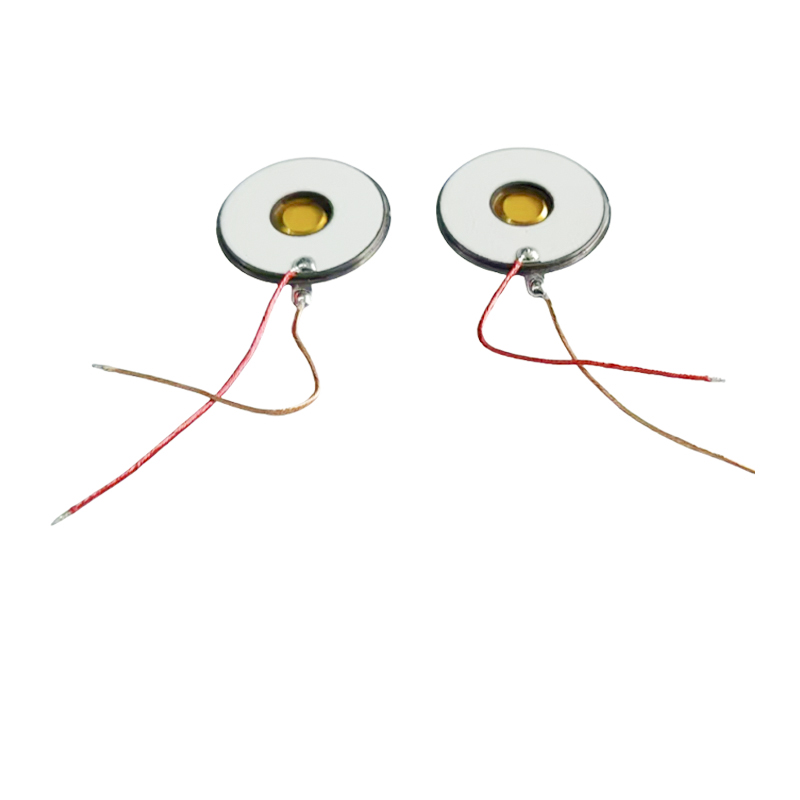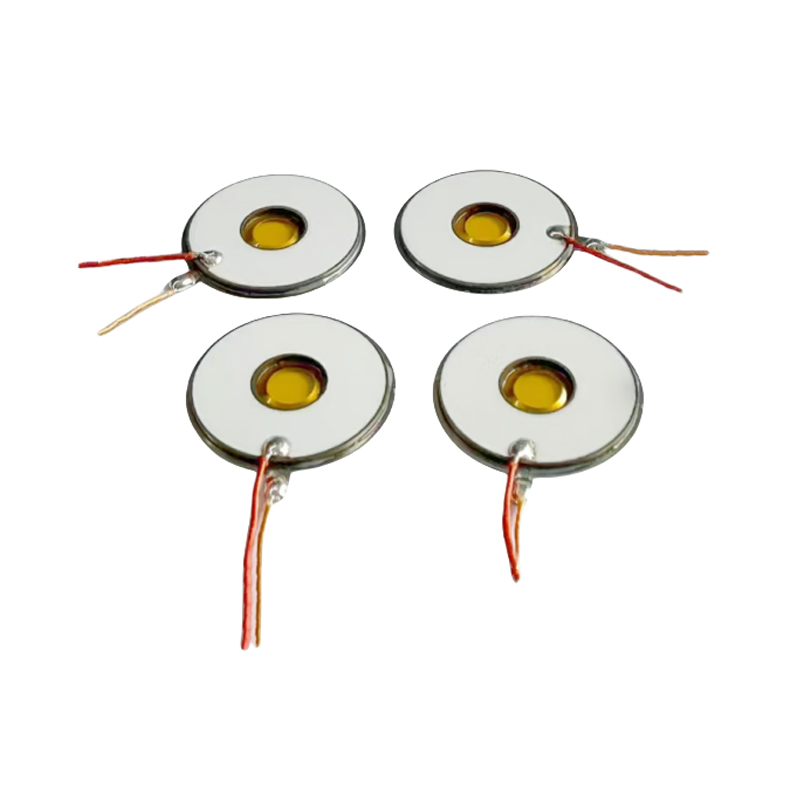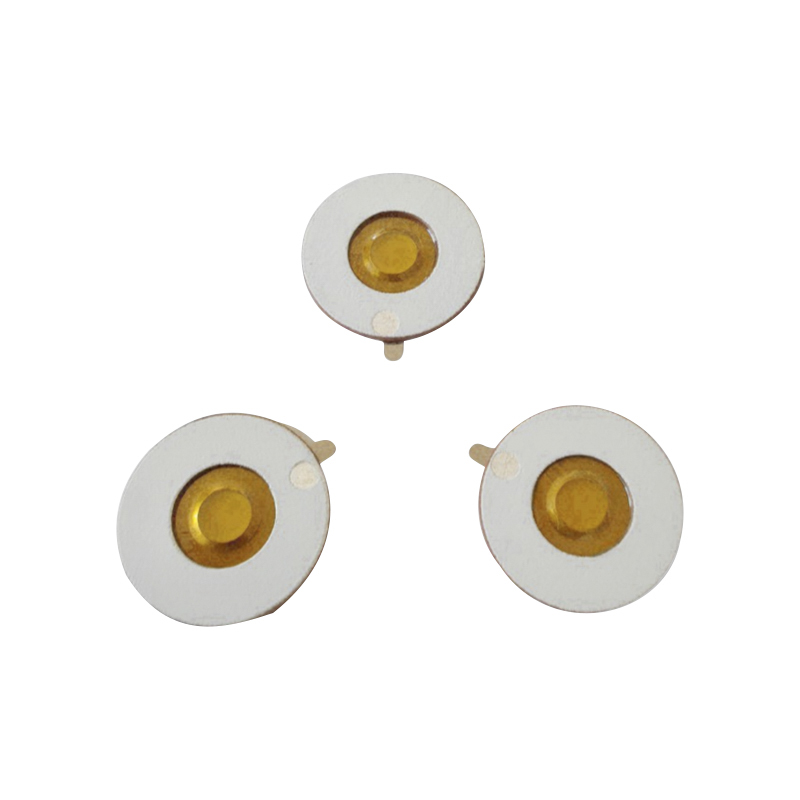The ultrasonic nebulizer is an advanced device that leverages the power of ultrasonic technology to transform liquid into a fine mist, offering numerous benefits for both medical and environmental applications. This innovative equipment operates on the principle of ultrasonic directional pressure, which causes the liquid surface to rise. As the liquid surface is elevated, cavitation occurs in the surrounding area. This process generates intense pressure changes that break down the liquid into tiny aerosol particles. These microscopic droplets can carry drug molecules directly into the capillaries or alveoli, thereby achieving a therapeutic effect. This makes the ultrasonic nebulizer particularly effective for treating conditions such as colds, allergic rhinitis, and nasal congestion, without the need for heating or the addition of any chemicals.
The core of the ultrasonic nebulizer's operation lies in its use of electronic high-frequency oscillation. Typically, the oscillation frequency is set at 1.7 MHz or 2.4 MHz, which is well beyond the range of human hearing. This high-frequency oscillation is not only safe for humans and animals but also highly efficient. The ceramic atomizing plate within the device resonates at this high frequency, breaking the molecular structure of the liquid water into a natural, flowing mist. This process is entirely free from heating or the addition of any chemical reagents, ensuring that the mist remains pure and uncontaminated.
One of the most significant advantages of the ultrasonic nebulizer is its energy efficiency. Compared to traditional heating atomization methods, it achieves energy savings of up to 90%. This not only reduces the environmental impact but also lowers operational costs, making it a sustainable and cost-effective solution.
In addition to its medical benefits, the ultrasonic nebulizer also contributes to air purification. During the atomization process, a large number of negative ions are released. These negative ions interact with smoke, dust, and other airborne particles through electrostatic reactions, causing them to precipitate out of the air. This mechanism effectively removes harmful substances such as formaldehyde, carbon monoxide, and bacteria from the environment. By purifying the air in this way, the ultrasonic nebulizer helps to reduce the incidence of respiratory and other diseases, promoting overall health and well-being.



 English
English 中文简体
中文简体